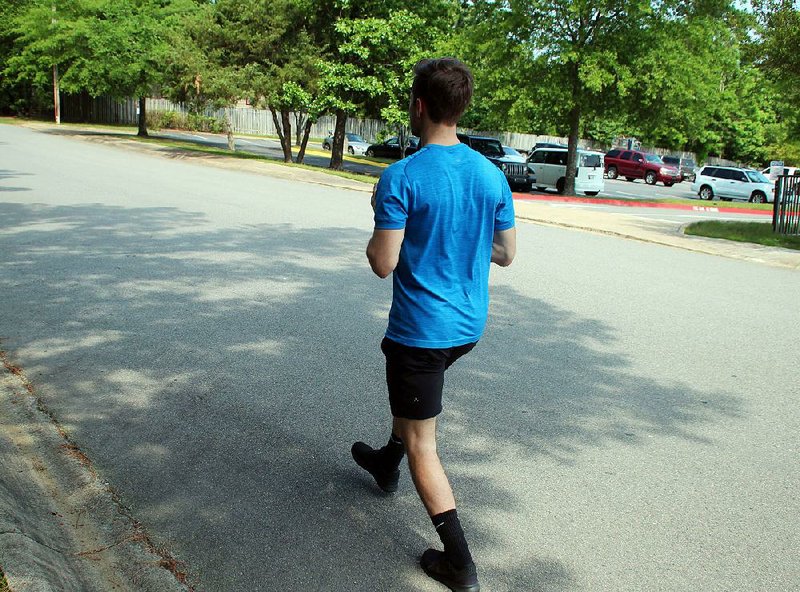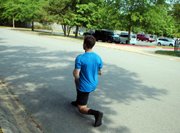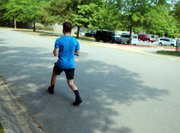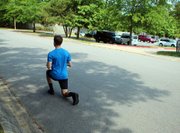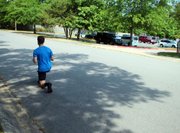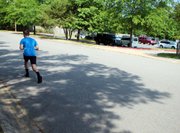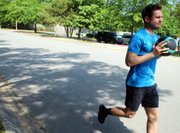With spring past full bloom and temperatures already hitting the 90s, adventure race season is upon us.
For the next few months, competitors will slip, slide, and climb their way through obstacle courses that are a cross between Willy Wonka's Chocolate Factory and some type of military training zone.
Adventure racing has exploded in popularity over the past decade, as competitors feed off the team-based atmosphere generated within traveling events such as the Tough Mudder or Spartan Race. Unlike road races, adventure races feature obstacles, including mud pits, wall climbs, crawls under barbed wire and other crazy impediments to progress. As a result, race participants cover a wide swath of fitness conditioning, ranging from completely sedentary individuals to hardened race junkies.
In August 2008, I competed in an adventure race with a buddy just outside of Kansas City, Kan. The race included 3 miles of running on a 4-mile course, with obstacles sprinkled throughout. We both exercised daily, and although we weren't (and still aren't) cardio guys, we figured we could train for a few weeks and manage that requirement.
Boy, were we wrong!
We set out around 2 p.m. for a 3 p.m. start time. As it is in Arkansas, August in Kansas City is a complete scorcher. The temperature had already reached 95 and went on rising as the afternoon wore on.
As with other competitors, we had done our homework and wore old sneakers fortified with duct tape, and we wore ear plugs and sunglasses to keep the mud from our eyes and ears. It was "go" time.
After the first mile or so, I knew I was in over my head. We began to see people walking, becoming ill, quitting and suffering from heat exhaustion. We plodded along at a slow jog while our skin became completely caked in mud and sweat. After the second mile, we took short walk breaks in between bouts of jogging.
A few of the serious competitors actually passed us on their second lap around the course, which was a slap in the face that we didn't need at that point.
We pretty much walked the last half mile as we vowed to prepare better or to discontinue our adventure racing careers right then and there. We went back and forth. It was a day we'll both remember, but not one we're hoping to repeat.
My buddy and I were not prepared for the demands of the course, let alone the blazing weather. We should have trained longer, trained harder and made our training more specific to the type of landscape we would face.
Also, we should have waited until October to compete, when the temperature was in a little friendlier zone.
This week's exercise won't completely prepare one for an adventure race, but it will help.
The Weighted Incline Lunge simulates the hilly nature of many adventure courses and prepares the lower body to work.
1. Select a medicine ball, sandbag or a weighted backpack and head outdoors.
2. Find a nice hill with a slight incline.
3. While holding the medicine ball with both hands at chest level (close to the body), perform walking lunges up the hill. Make sure your knee and hip reach 90 degrees with each step.
4. Lunge 30 to 40 feet up the hill, then turn around and quickly descend -- as you would in a race.
6. Repeat three hill climbs, rest for a minute, then do three more climbs.
Although my experience wasn't particularly fun, adventure racing can be a blast for those who are prepared. These days, there's also a wider variety of races that are shorter, less intense and more family friendly. I'd encourage anyone to check them out -- but be sure you're prepared! Have fun!
Matt Parrott has a doctorate in education (sport studies) and a master's in kinesiology and is certified by the American College of Sports Medicine.
vballtop@aol.com
ActiveStyle on 05/28/2018
